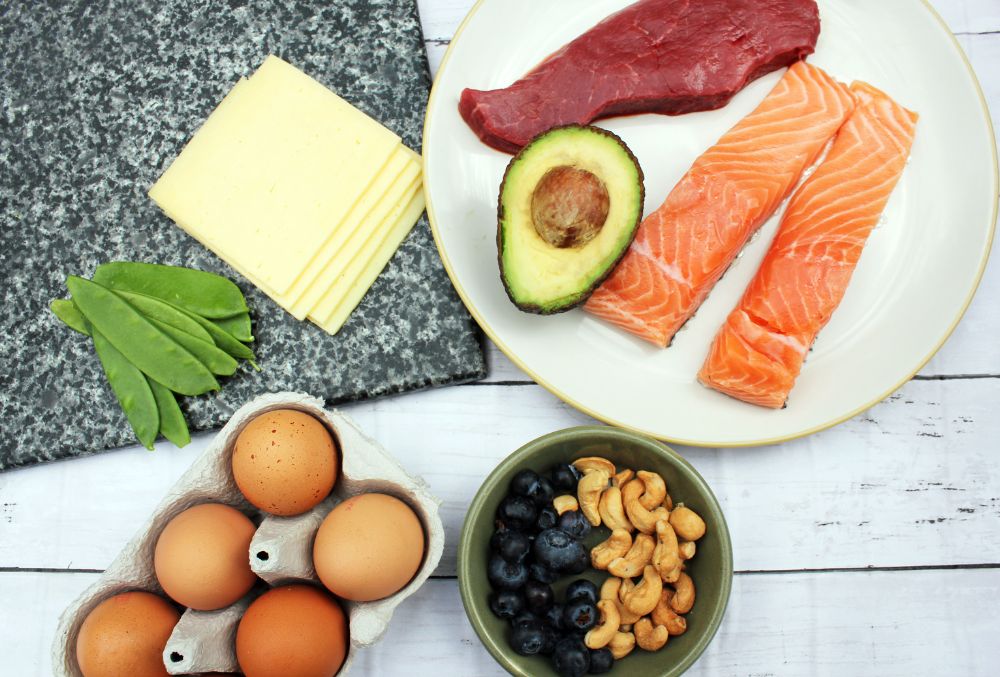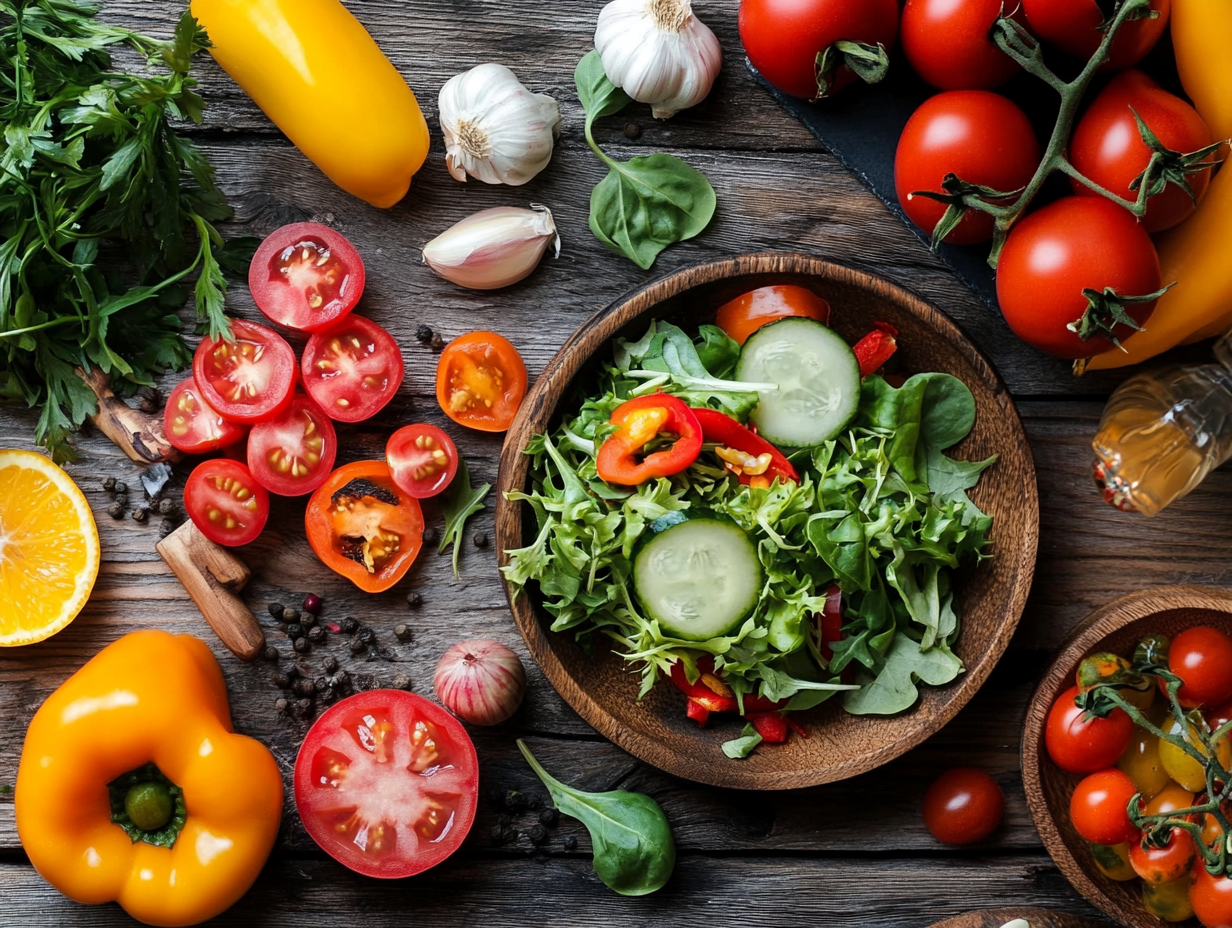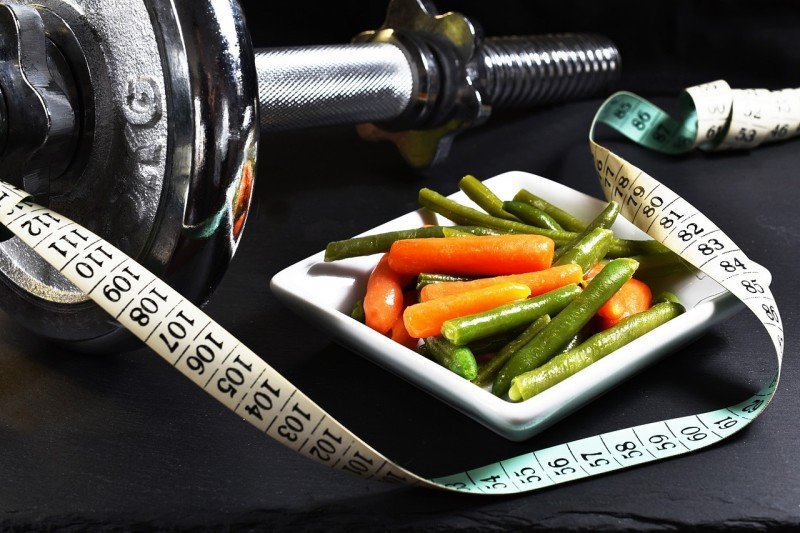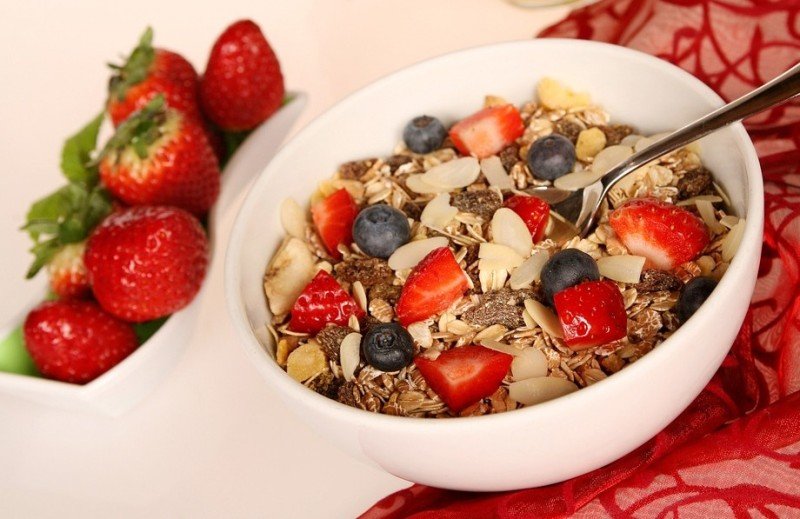Overcoming plateaus on the Atkins diet
If you are experiencing a stall or plateau in your Atkins weight loss efforts, you are not alone. This occurs from time to time. However, you first must make sure that you have actually reached a plateau point.
A plateau means that you have gone an extended period of time without losing weight or inches. It’s important to take your measurements before you start your weight loss plan, in addition to your weight. On some weeks it may not seem like you are losing any at all on the scale. But a quick look at your measurements will prove otherwise.
On the Atkins diet you are replacing fat with muscle, which is denser and heavier. You might actually gain a little weight because you are building muscle to replace your fat. The result will be an increase on the scale, but a decrease in your inches. Your body will be smaller and leaner, but you may weigh the same.
Before you start your program, measure your chest, waist, hips, upper arms, thighs and calves. You never know where you may be losing inches, so it’s important to have these comprehensive measurements to refer to. It is normal to go through periods where you body is readjusting. Remember that you are reforming the composition of your body and this process will take some time. Check your measurements once a week, just like your weight, and you can track your overall progress.

There may be periods of 3 to 4 weeks where you have a stall in weight loss, but a loss in inches. Or vice versa. Using both methods to track your fat loss is the best assurance for an accurate measure of your progress. These stall periods are not a reason to quit or to give up. They are natural parts of the weight loss process.
Stalls may occur more frequently if you are 5 to 10 pounds away from being at your goal weight. By following a low-carb, high-protein way of eating you have created a lot more muscle in your body. Your muscle-to-fat ratio is higher than ever before, so your body might be resisting losing anymore fat. It may be time to rethink your goal weight. Perhaps your body is trying to tell you something and its time to start maintaining your weight loss rather than trying to lose more.
There are some other possible causes of stalls and plateaus on the road to weight loss. If you’ve gone four weeks with no change in weight or measurements and you are nowhere near your goal weight, you can try a few different methods to get yourself out of the rut. First, make sure your carbohydrate level is in check. If you are eating too many carbohydrate grams per day, your weight loss will stall. Look for hidden carbohydrates in packaged foods, dressings and sauces to make sure they aren’t the culprits in your plateau.
Check your daily water intake. When you are dehydrated, your body will retain water and that can mimic a plateau. Water will also help flush ketones from your system and make more room for new fat burning ketones.
Undereating can also be a cause for weight loss plateaus. Make sure not to let yourself go hungry and eat smaller, more frequent meals. Remember, you are on a carbohydrate-restricted diet, not a calorie-restricted diet. Make sure to have some protein with every meal and snack. Never go more than 5 hours without eating something (except overnight of course). Also, eat freely from the acceptable foods. Don’t try to count calories or restrict your calorie intake. When your body gets too few calories, it goes into starvation mode and will hold onto fat cells.
Increasing your exercise level can help get you through a plateau as well. As your muscles get used to working out at a certain level, you’ll have to increase the duration or the intensity in order to keep challenging your body. Add a new exercise into the mix, or try increasing weight in resistance training.
Trying one of these methods will most likely get your weight loss back on track. Remember that occasional stalls are normal, but they do not have to last.

Planning for Atkins
When it comes to the Atkins diet, your success will lie in your planning. Making sure you have the proper foods on hand when you begin your diet will go a long way toward your ongoing weight loss. There are many suggestions for Atkins diet meals in the Atkins books, and there are plenty of resources online for Atkins and low-carb recipes.
Planning your meals and snacks will be an important part of your life when you are on this diet. That advice really goes for any diet. When you eat whatever you like, you gain weight. Your current weight and health problems are a direct result of letting your eating habits go unchecked for so long.
As with all diet plans, becoming used to the Atkins way of eating is going to take some time and adjustment. The standard American diet relies heavily on carbohydrates and other restricted foods. Many people grew up on carbohydrate heavy favorites like spaghetti and meatballs, meat and potatoes and pasta casserole. It is going to take some effort and patience to get used to eating in an entirely new way.
There are two different approaches you can take in adjusting your diet. You can find replacements for your favorite foods with “mock” carbohydrates. For example, lasagna made with eggplant or zucchini instead of pasta is much more carb-friendly than the regular variety. Spaghetti squash noodles make a good substitute for spaghetti noodles. There are also many low-carb or carb-free replacements for bread, pasta and sugar products.
The second approach is to find out how to make new recipes that center around meats and other low-carb foods. There are a wide variety of meats that are acceptable on the Atkins plan. If you are used to just eating ground beef or chicken on a weekly basis, you’ll be surprised by the variety of meats that are out there. Try incorporating pork, lamb and ham into your weekly routine. You can also experiment with game fowl like Cornish hen, quail and pheasant. If you’ve never been a fan of fish, try a different variety. Some people who don’t like trout find they have a love of salmon or another fish. Don’t forget shellfish like mussels, clams and shrimp. These foods are all acceptable and can add variety to your diet.
Make sure to have some easy to prepare foods on hand for snacks and quick meals. For example, thin sliced cucumbers, radishes and celery mixed with lemon mayonnaise makes a great low-carb meal or dinner salad. Fried peppers, mushrooms and garlic served on arugula with feta cheese is another good option.
Research and try out different low-carb recipes so you have a good base of knowledge of what to prepare for meals. The most important step you can take in losing weight is planning. Getting a good arsenal of easy to prepare meals will prevent you from hitting the drive through or going to a restaurant and breaking your diet.
If you have delicious food to look forward to everyday, you’ll be less bored with your diet. Even during the restrictive induction phase, there are many food combinations that you can use. At first glance, the vegetable and meat options may seem restrictive. But this is only in comparison to what you have been used to eating. With a little planning and creativity, you can find something interesting to eat everyday.



